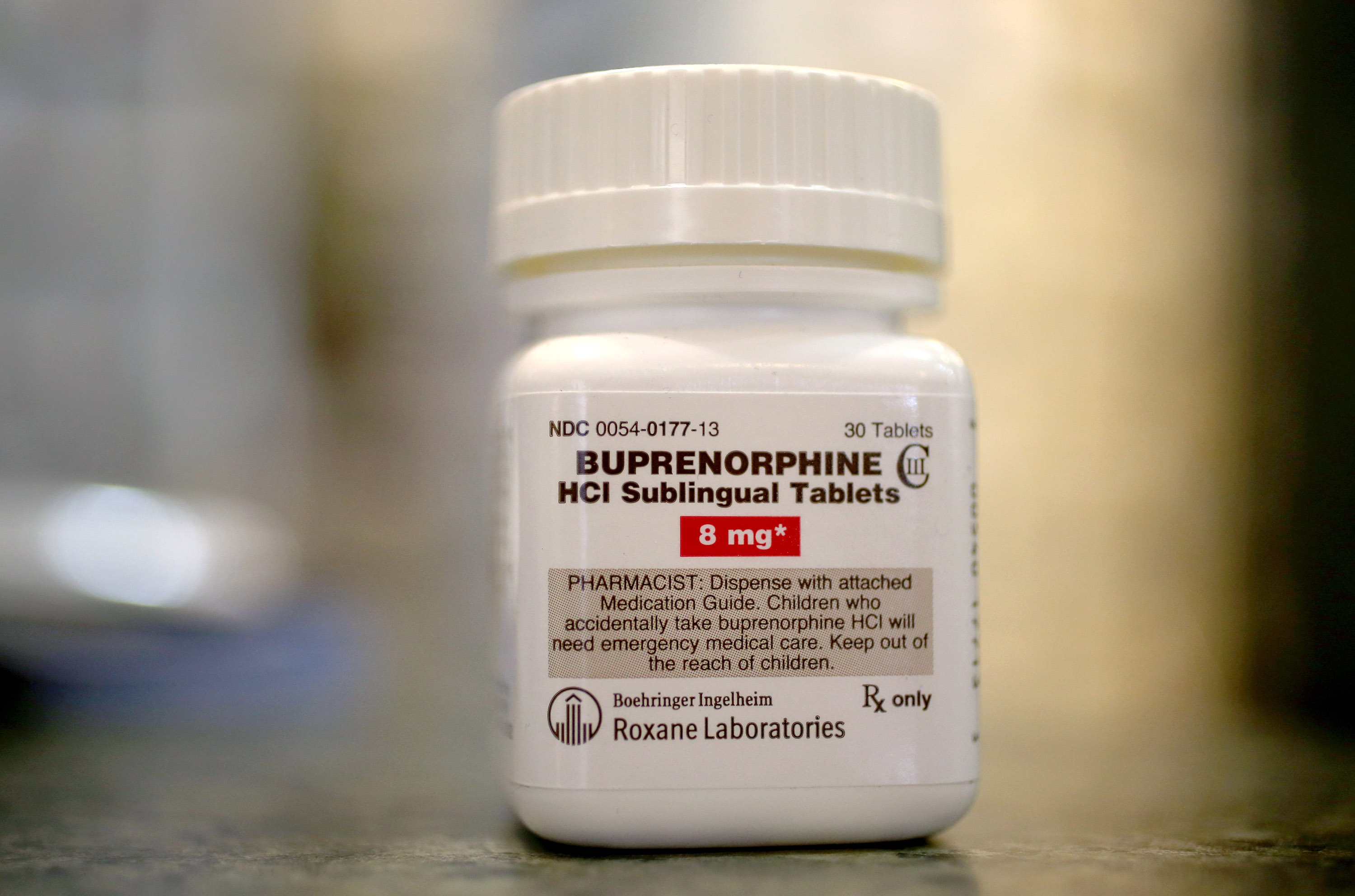More types of health-care providers—not just doctors—will now be able to apply to prescribe an effective but potentially addictive medicine for treating opioid addiction, the Drug Enforcement Administration announced Tuesday. The rule change was intended to help more Americans, particularly those living in rural areas that lack doctors, get treated for opioid use disorders. “This action provides more treatment options for addicts in rural parts of the country,” the DEA said in a press release.
Advocates are hailing the change as a good first step, but note that more is needed to make sure it works as expected. Otherwise, it could languish as a regulatory move that makes little practical difference.
The new policy allows nurse practitioners and physicians’ assistants to prescribe and dispense buprenorphine, a medication that helps people manage cravings, ward off withdrawal, and keep from relapsing. Buprenorphine plus counseling is considered a gold-standard treatment for addiction to prescription painkillers or heroin. But the medication is itself an opioid. It can create a euphoric high when used improperly, and has some street value. That’s why anybody in America hoping to prescribe buprenorphine for addiction has to get a special waiver from the DEA, which, until this week, only physicians could apply for.
Advocates have long asked the government to open up buprenorphine waivers to more kinds of health-care providers beyond doctors. Rural parts of the country may stand to benefit most. One recent survey found that 60 percent of rural counties in America don’t have a single doctor with a DEA waiver to prescribe buprenorphine. (Although it’s not just a rural problem: Twenty-six percent of urban counties don’t have a DEA-waived doctor either.) Meanwhile, nurse practitioners and physicians’ assistants provide the bulk of basic medical services in many rural communities.
“It’s a good idea,” says Mishka Terplan, a obstetrician-gynecologist at the Virginia Commonwealth University who has a buprenorphine waiver. He pointed to the government’s estimation that 880,000 Americans don’t receive the addiction treatment they want. “These are massive, massive insufficiencies within the health-care system and this is one way to address them,” he says.
Keith Humphreys, a psychiatrist who studies addiction at Stanford University, makes one popular argument: Because nurse practitioners are legally able to prescribe oxycodone in all 50 states, they should be able to prescribe opioid addiction remedies too. “If you’re allowed to do one, you should be able to do the other,” he says

(Photo: Joe Raedle/Getty Images)
Some doctors have said they’re worried that opening up buprenorphine prescribing will make it easier for shady clinics to give out scripts to folks who may sell them. In a public comment submitted to the federal government, Lisha Barré of Northglenn, Colorado, makes that argument, writing: “We risk creating another health-care crisis if sufficient oversight of MAT [medication assisted treatment, the technical name for buprenorphine plus therapy] is not assured.” Terplan notes that he knows of buprenorphine “pill mills” in southwestern Virginia, but thinks that they’ll remain relatively rare.
Instead, he and some others are concerned that the DEA waivers won’t make enough of a difference. There’s evidence that many doctors who get the waivers nevertheless don’t use them. In a survey of rural doctors, 11 percent said they’d never used their waiver and 18 percent said they used to prescribe buprenorphine, but don’t anymore. The most common reasons they cited for not treating patients with buprenorphine were worries about their patients selling the drug, a lack of mental-health services for their patients, and time constraints. Only 2 percent of doctors said they’d stopped prescribing the drug because there was no need for it.
“Just having waivered providers doesn’t equal access for people,” says Holly Andrilla, a statistician at the University of Washington who ran the survey. The new DEA policy, she says, is “certainly not going to make access any worse. I don’t think it’s going to be the silver bullet that solves the problem.”
Doctors, nurse practitioners, and physicians’ assistants prescribing buprenorphine are all going to need support in order to learn the skills necessary to treat people with addictions, Terplan says. Getting providers ready to help with America’s opioid epidemic requires more than just the legal permissions.




